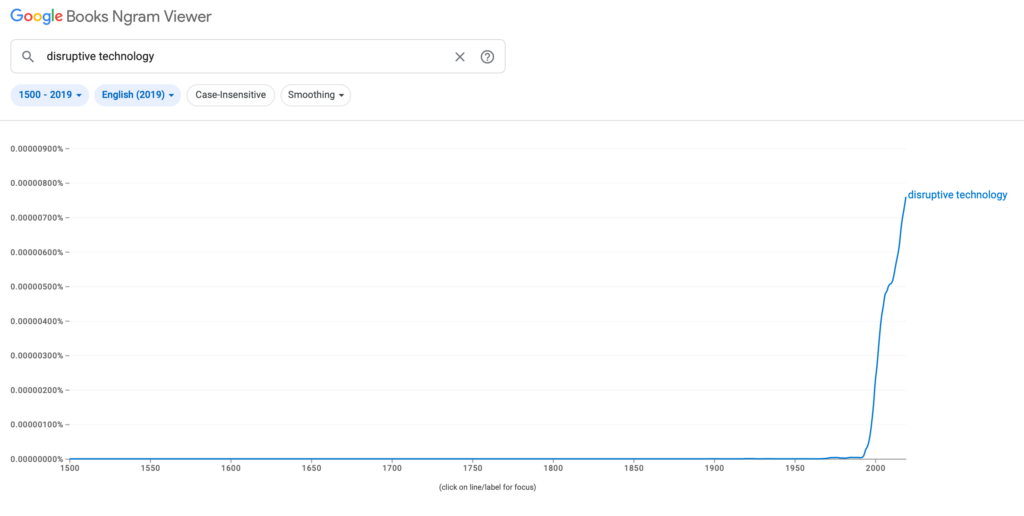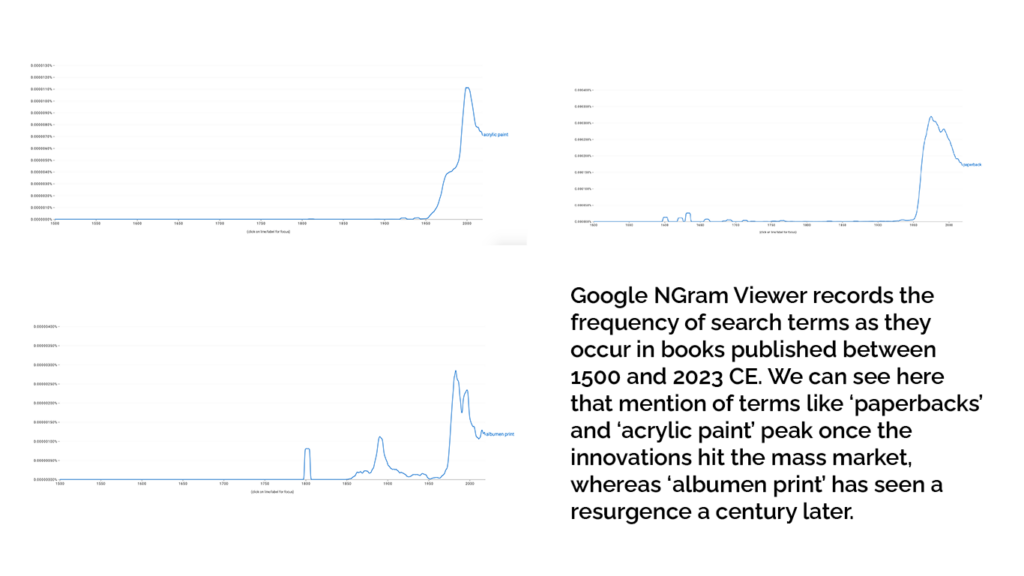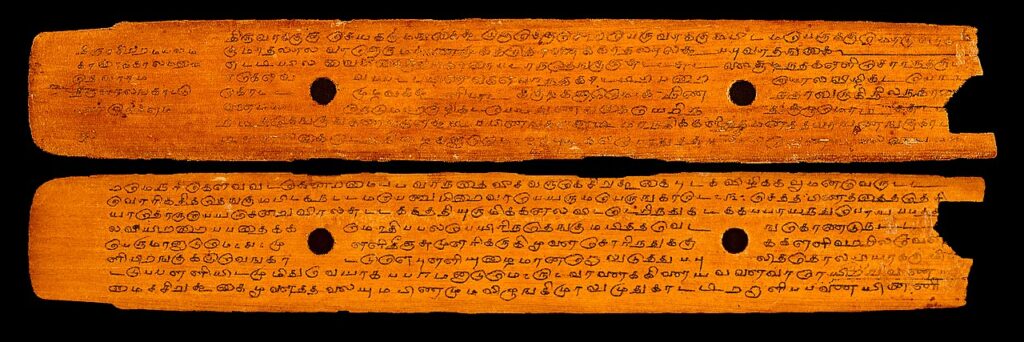
Type ‘disruptive technology’ into Google Ngram Viewer and you’ll see a sharp incline in the use of the term starting in the early 1990s. NGram Viewer tracks the frequency of search terms as they occur in printed sources published between 1500 and 2019, and stored in the search engine company’s digital library. And the graph it threw for this particular term shows that once it got started, ‘disruptive tech’ never lost steam.
In 1995, Harvard Business School professor Clayton Christensen coined the term disruptive technology. A few years later, he later renamed the phenomenon as disruptive ‘innovation’ to differentiate it from the standard, incremental advancements that occur naturally in any technological field. But his subsequent clarification has been lost in the din of marketing-speak that followed. In 2023, tech companies still routinely tout each new launch, from smartphones to software upgrades, as a potential disruptor of markets.
But a true technological disruption is neither common nor can it really be planned. According to Christensen, “A disruptive innovation is a technologically simple innovation in the form of a product, service, or business model that takes root in a tier of the market that is unattractive to the established leaders in an industry.” What he describes is a process as well as a product. It’s an entire era, not simply a miraculous eureka.
This makes history a good field in which to spot exciting disruptions. When we take a long view of each innovation’s life-cycle, we can better understand the arc of its influence. For this issue of Spotlight, we celebrate the genius of technologies represented in our collection that have stood the test of time. These are simple ideas that might today only be valued, if at all, for their vintage appeal. For instance, albumen print photography or paperback books. They are phenomena either so common or so rare that we tend not to ‘see’ their hand guiding history.

But the materials of our daily life shape the very language we speak. Quite literally, in the case of palm leaf manuscripts. Before printing presses became widespread in India, palm leaves were dried and used as paper. In the south, sharp metal styluses were used to inscribe words by cutting them into the surface of these leaves. This led, some historians believe, to the developing in the region of rounded scripts, as angular lines would tear the palm leaf. Palm leaves don’t last very long in a humid country like ours. But while these ancient manuscripts may have crumbled, the alphabets they fashioned still march out into the world, clothing new ideas.

A manuscript with Shiva Bhakti poems in Tamil language, Tevaram (Tirumurai collection), 18th century, image by Ms Sarah Welch, CC0, via Wikimedia Commons
From minting money to printing books, and from taking photographs to making art, technology has dictated the evolution of many a human endeavour. Join us as we go back in time, as far back as 2nd Century BCE, to the moment when some of these innovations first arrived on the Subcontinent. Learn how they disrupted the status quo, how they recorded and made history, and how they, in turn, made way for the next big thing.
References
What is Disruptive Innovation?, Clayton M Christensen, Michael E Raynor, Rory McDonald, Harvard Business Review
Burmese Palm Leaf Manuscripts, Brandeis Archives and Special Collections Department
Traditional writing system in Southern India — Palm leaf manuscripts, D Udaya Kumar, GV Sreekumar, UA Athvankar, IDC School of Design



